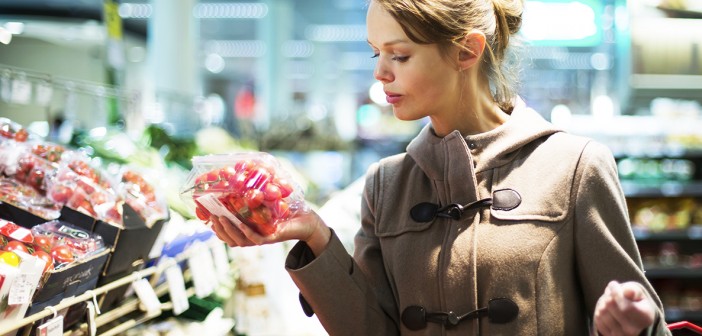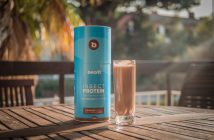The American Society for Nutrition says “both fresh and processed foods are essential to ensure energy supply to the population.”
Eating a healthy diet is not easy, the key is to achieve the highest possible percentage of our caloric through unprocessed foods – and if it possible ecological – and try to eat minimally processed foods over processed ones. Also, regarding processed food try to avoid precooked food, dyes, preservatives, sweeteners and spices ones.
There are many adverse messages regarding “processed foods” that we receive daily. However supermarkets, bars and restaurants have a large supply of all kinds of them. So if they are not healthy, why do they offer them? The answer lies in the concept of food security refers to the capacity to secure enough food (calories) to the population.
Can you imagine feed an entire country with fresh food from the garden, freshly caught fish or meat from freshly slaughtered animals? Both fresh and processed foods make up vital parts of the food supply. Processed food contributes to both food securities (ensuring that sufficient food is available) and nutrition security (ensuring that food quality meets human nutrient needs).
Another issue is nutrition security that refers to the quality of food for human consumption. We should not be oblivious the fact that processed foods meet strict nutritional safety regulations, that some foods consumed in its natural form can not guarantee, like mushrooms or some meat from an animal raised in an unregulated farms.
A recent positioning of the American Society for Nutrition published in The American Journal of Clinical Nutrition, said “both fresh and processed foods are essential to ensure energy supply to the population” among its authors is the Spanish scientist José Mª Ordovás, author of “La Nueva Ciencia del Bienestar Nutrigenómica”.
The article distinguishes between “minimally processed and processed foods”.
The processed are classified into four categories:
- Processed to keep them fresh: such as fish, frozen and packaged fruits and vegetables.
- Combined foods with sweeteners, dyes, spices and preservatives: rice, pasta, sauces and many sausages…
- Precooked: pizza guy, lasagna, paella…
- Meal ready to eat: breakfast cereals, biscuits or yoghurt…
Minimally processed refer to raw vegetables, washed, cut and packaged ready to eat (lettuce mix, spinach, watercress…).
It is advisable to try to achieve the highest possible percentage of our caloric through unprocessed foods (vegetables, fruits, fish, meat and fresh eggs and organic if possible). However, because this is not easy, we must seek to prioritize minimally processed foods over processed and avoid pre-cooked and combined with dyes, preservatives, sweeteners and spices. In conclusion, when choosing our menu, the food preference would be:
1º Organic fresh food (regulated)
2º Non-organic fresh foods
3º Minimally processed foods
4º Processed foods






